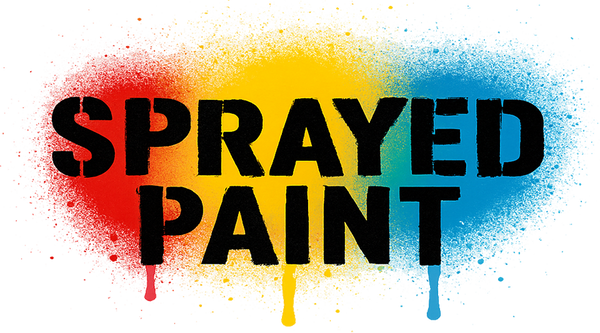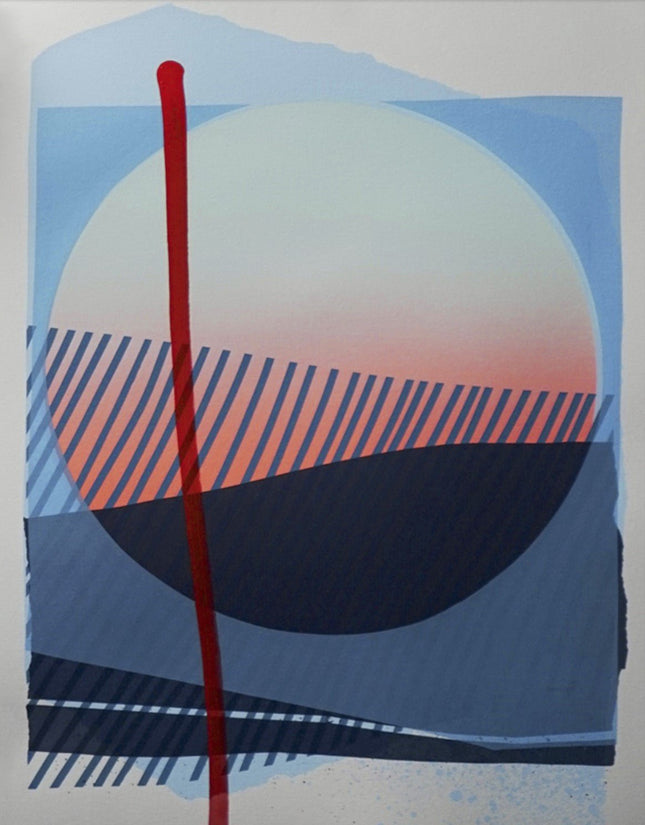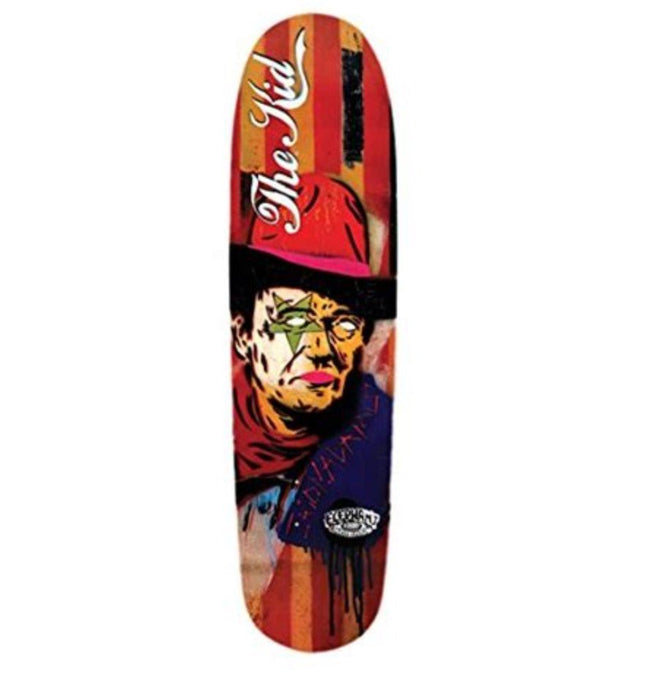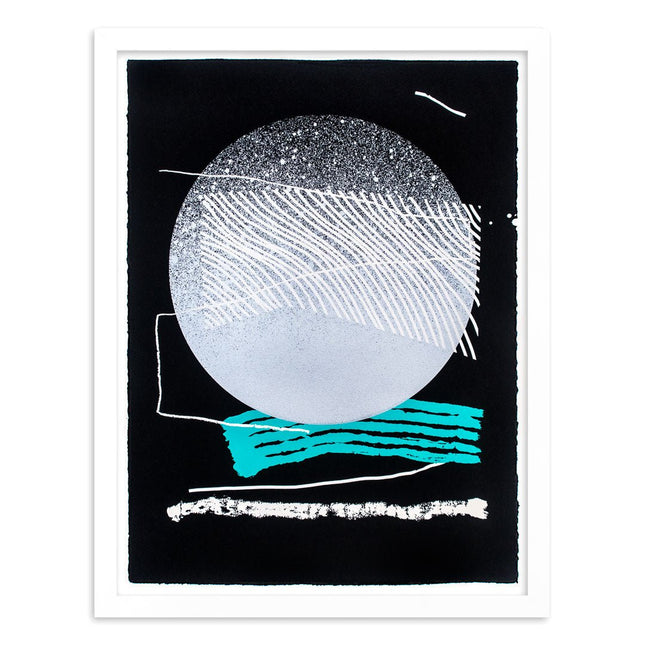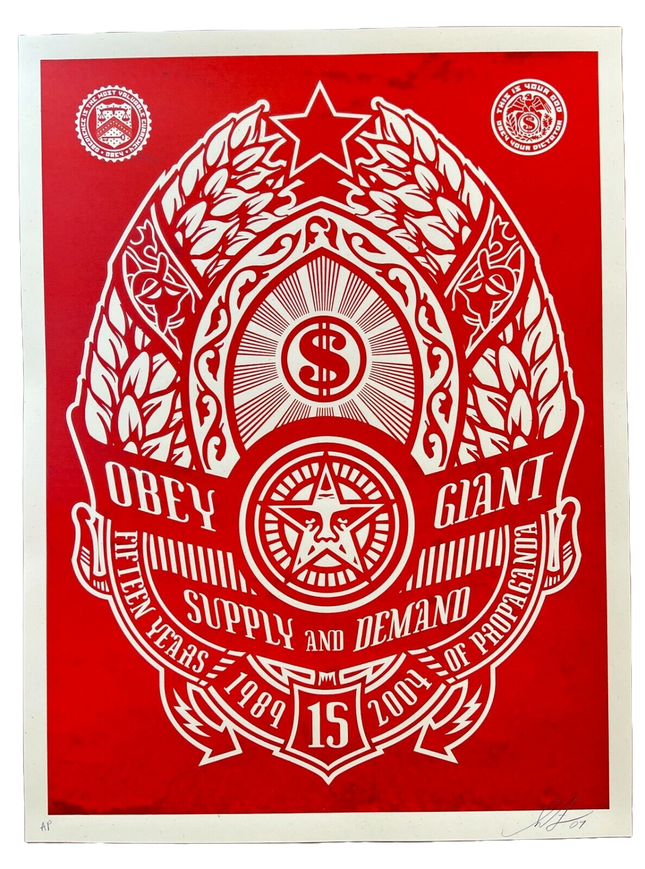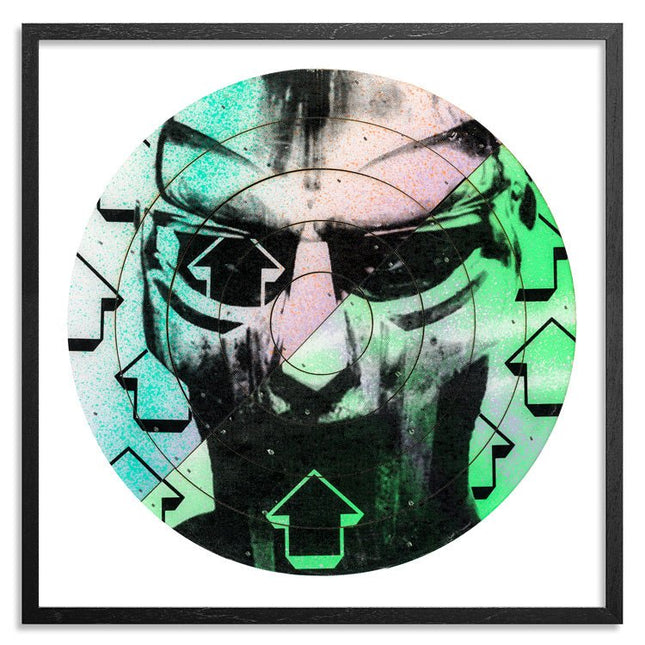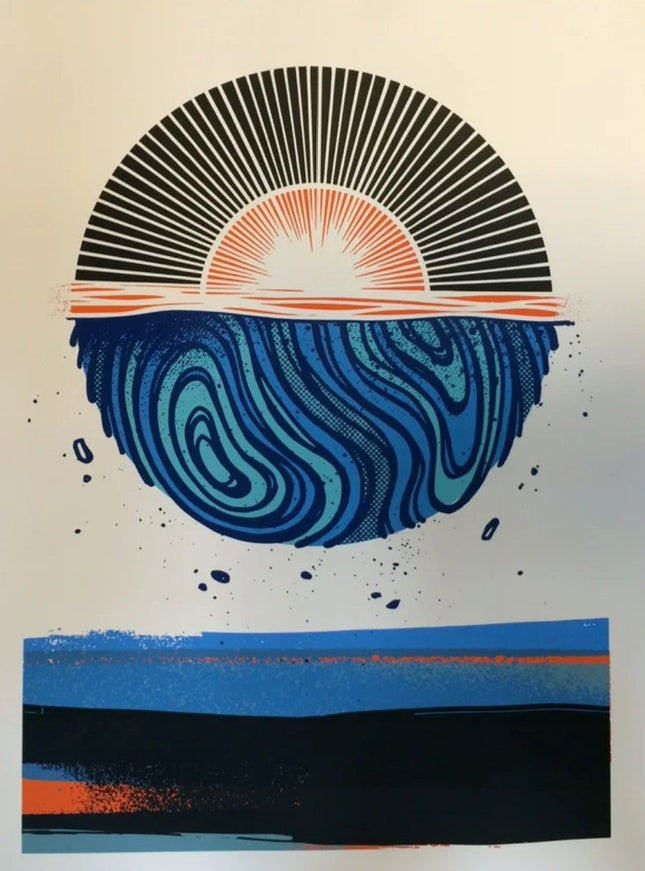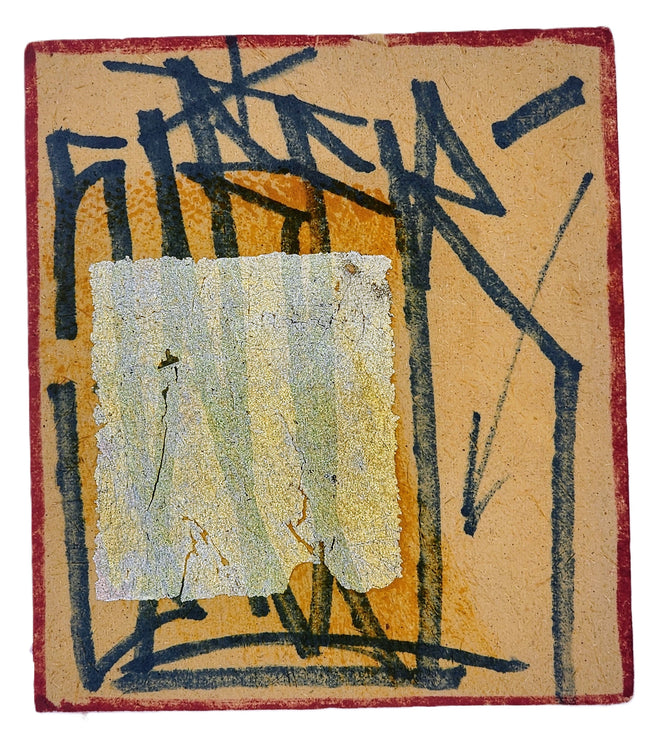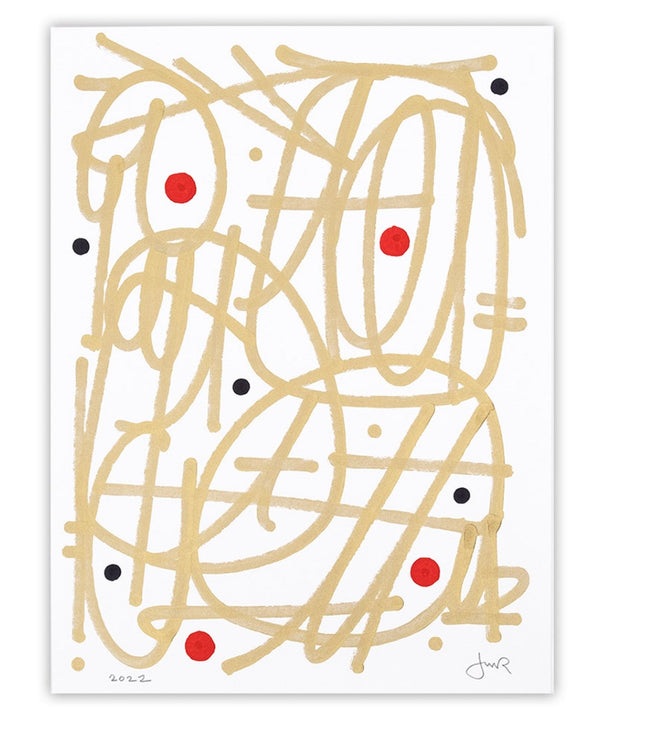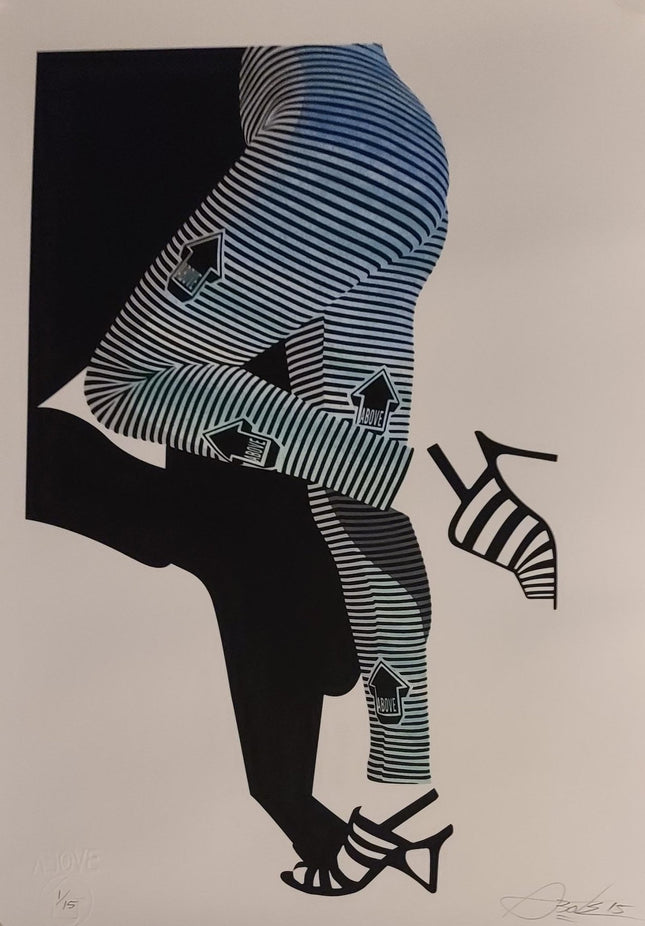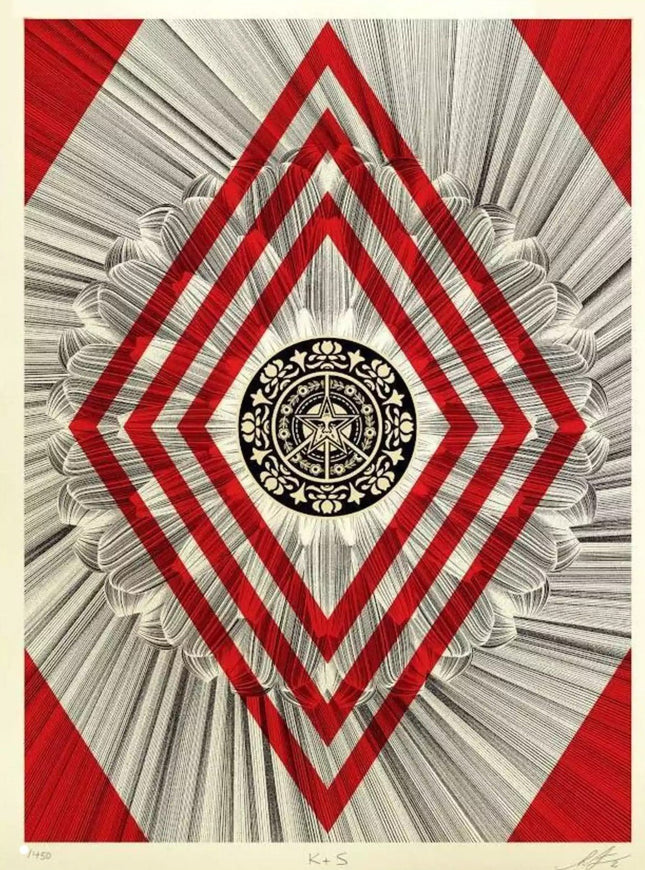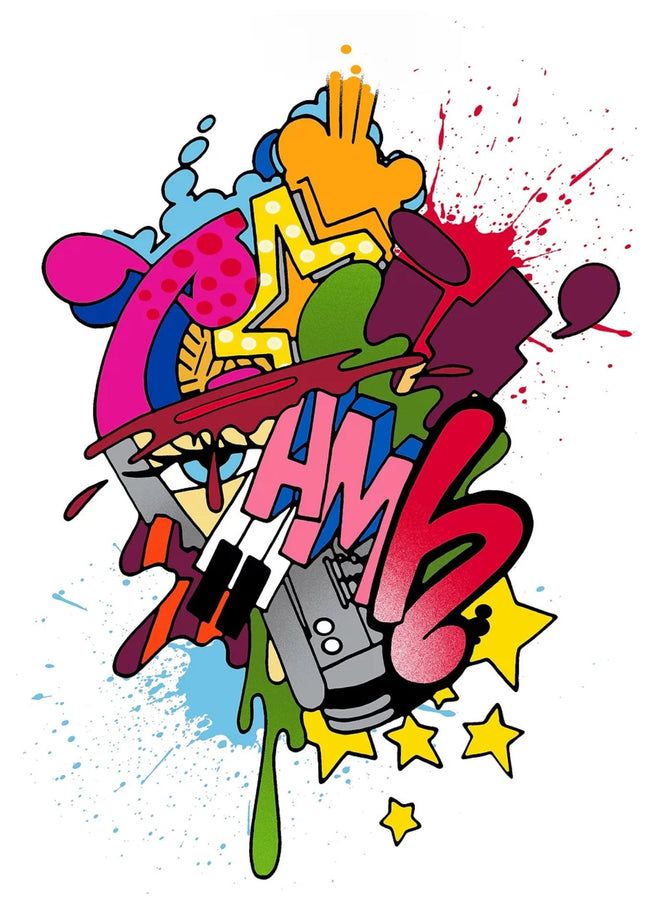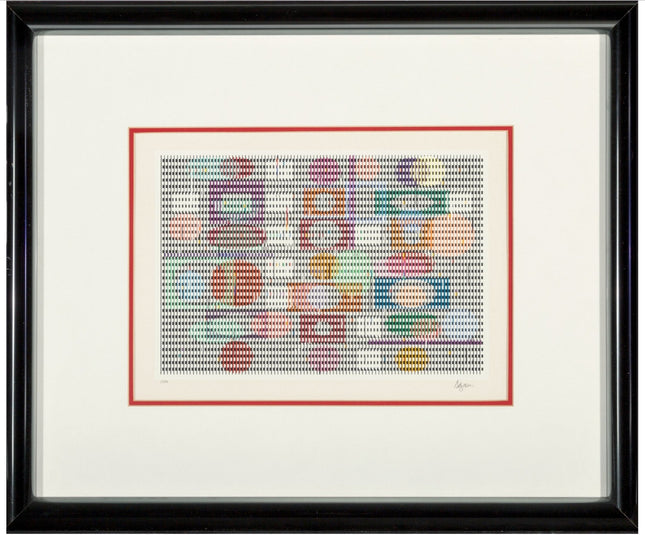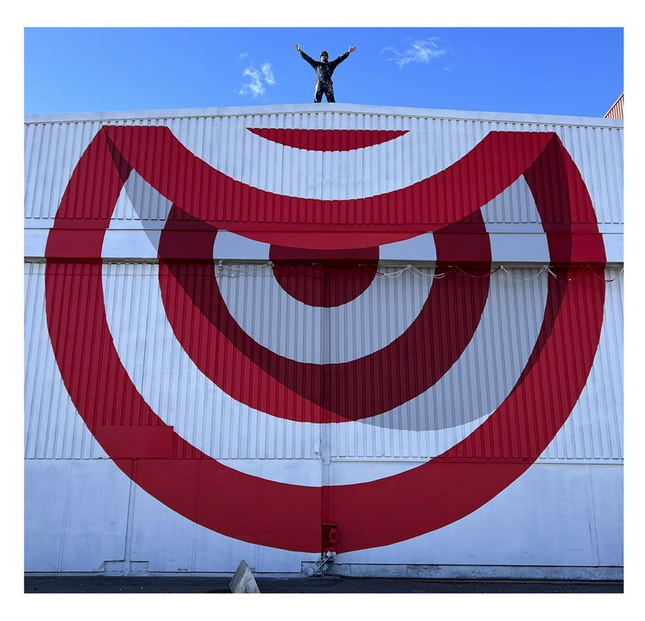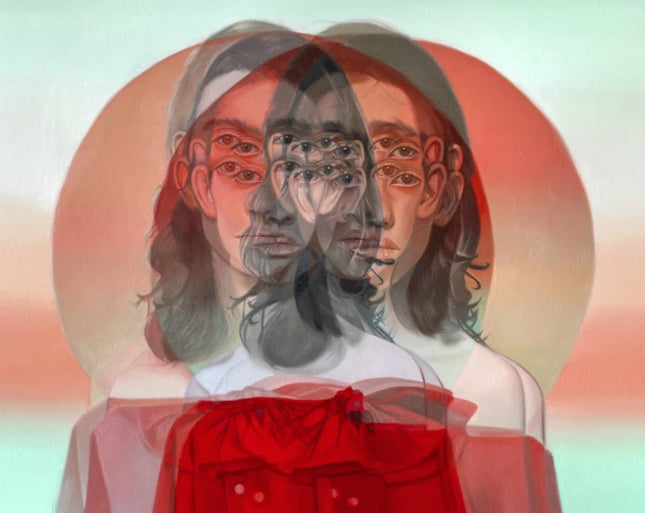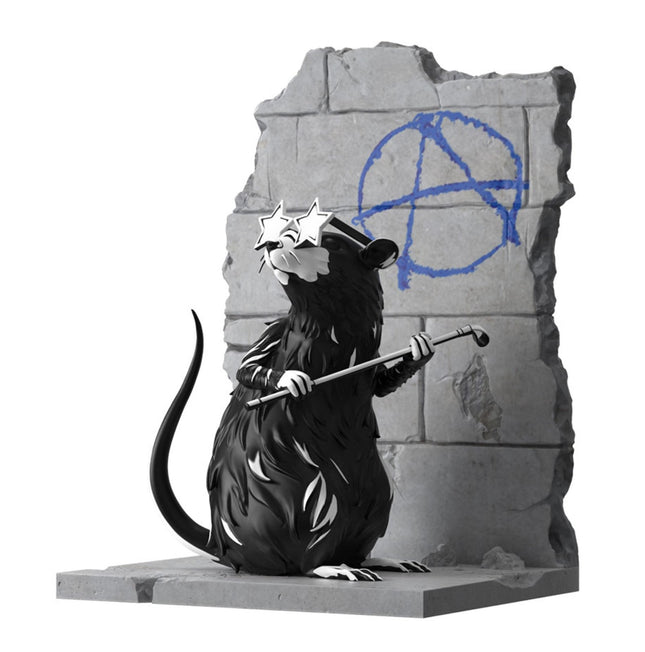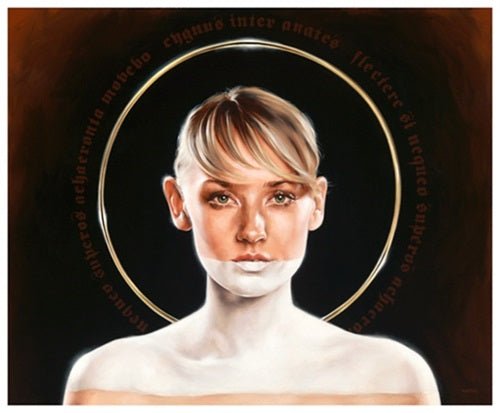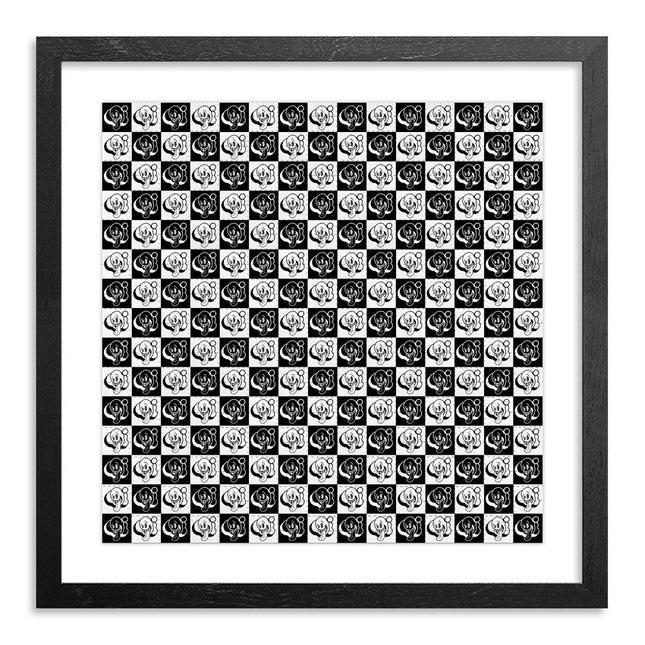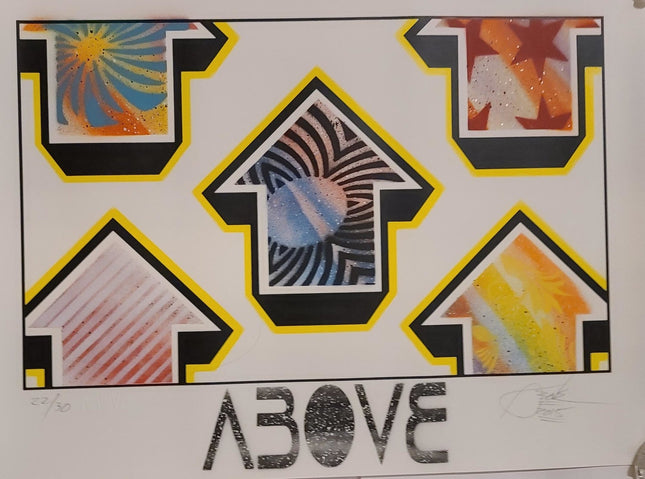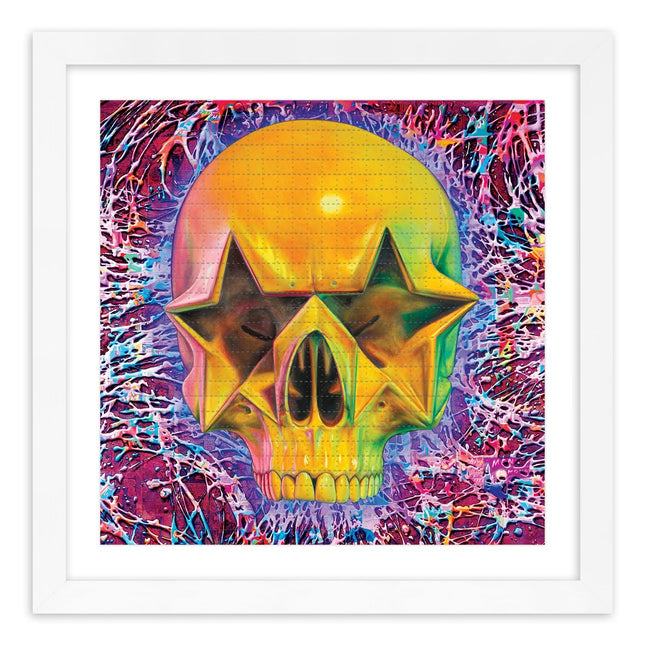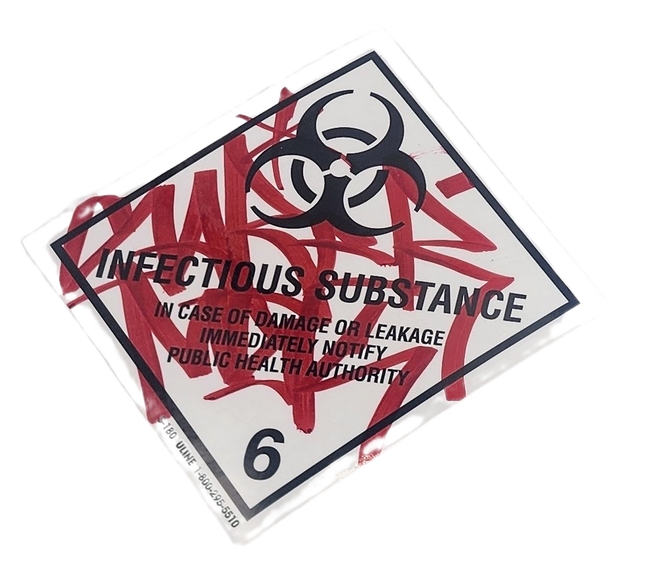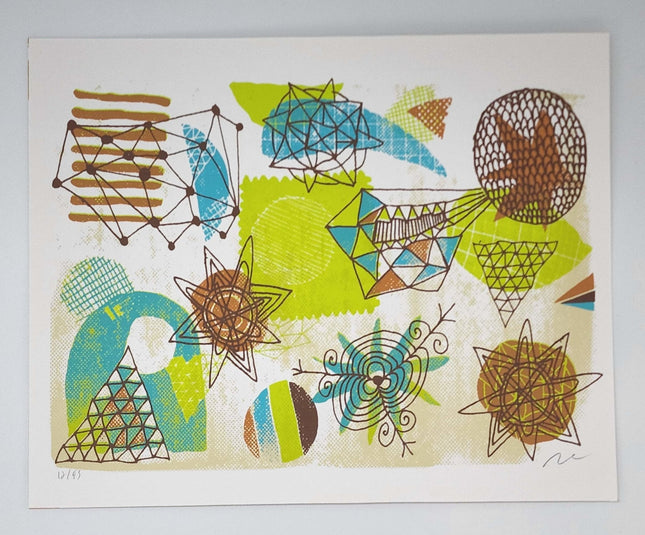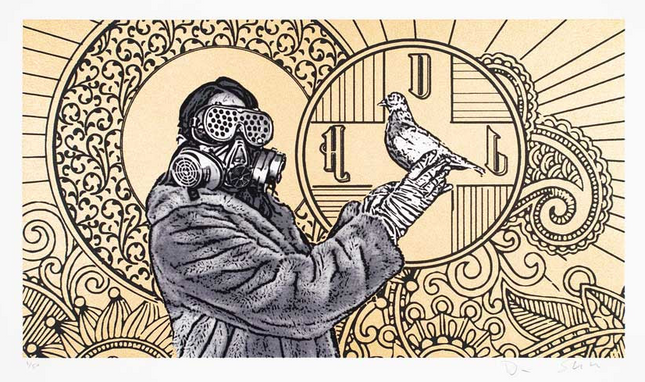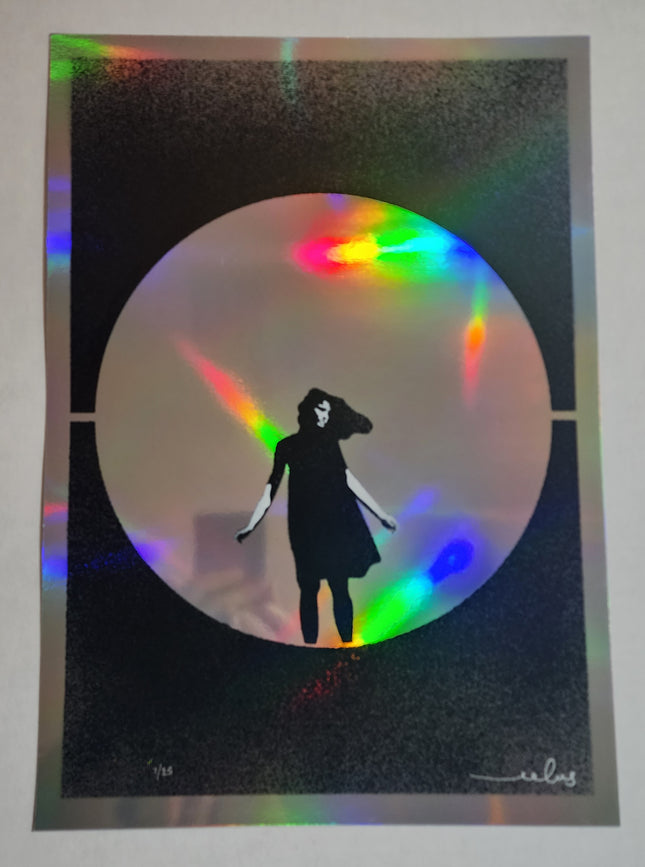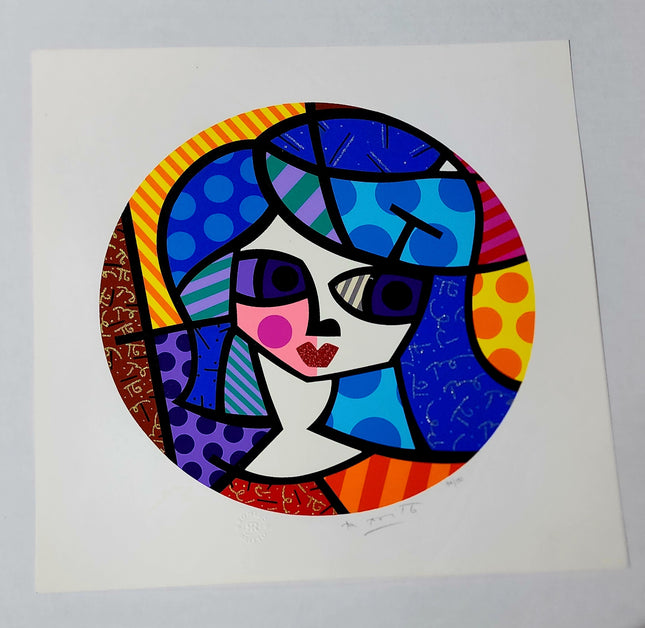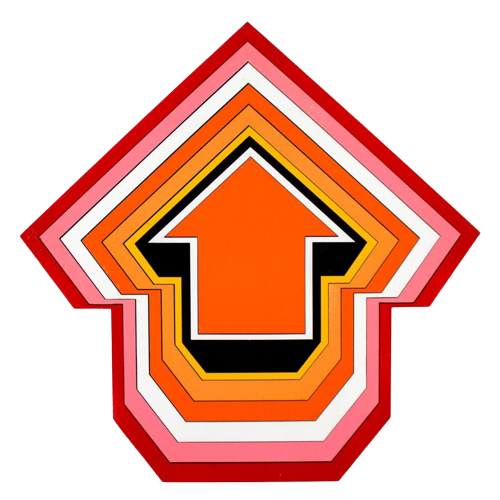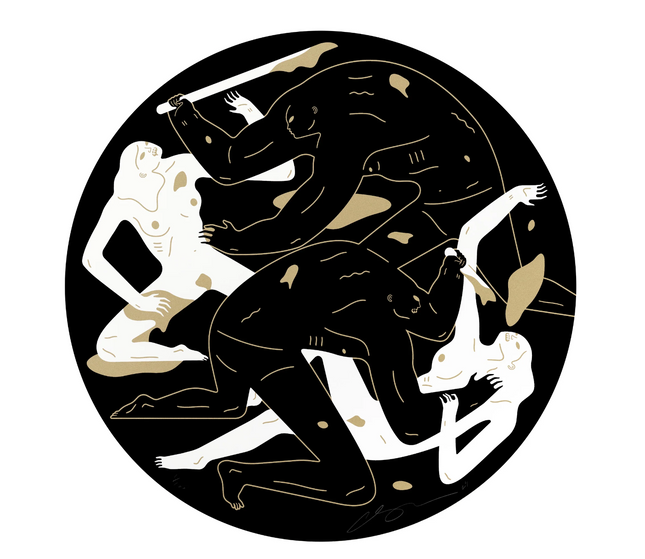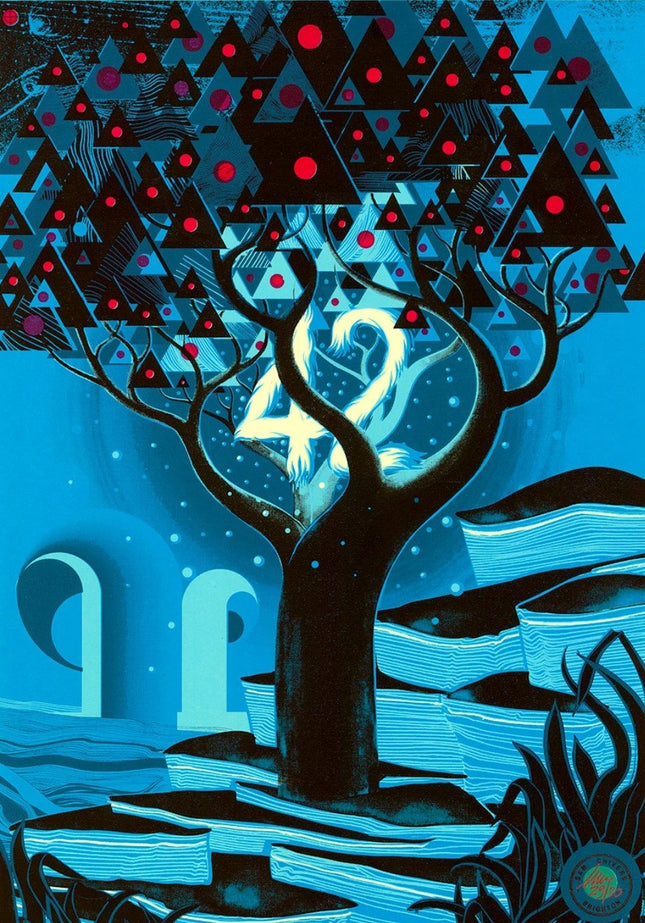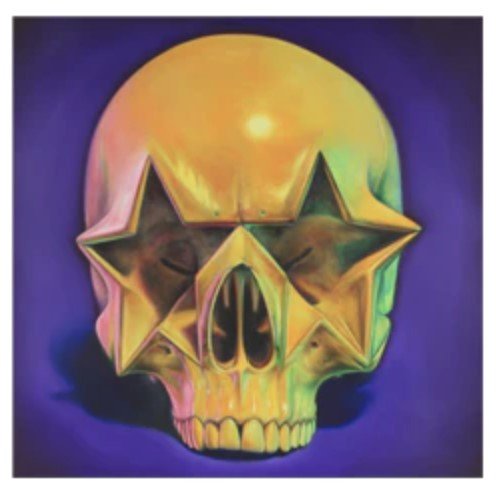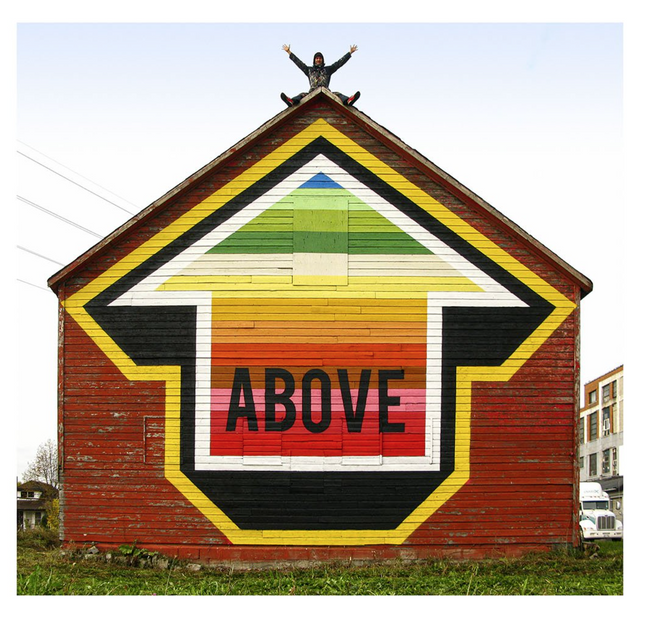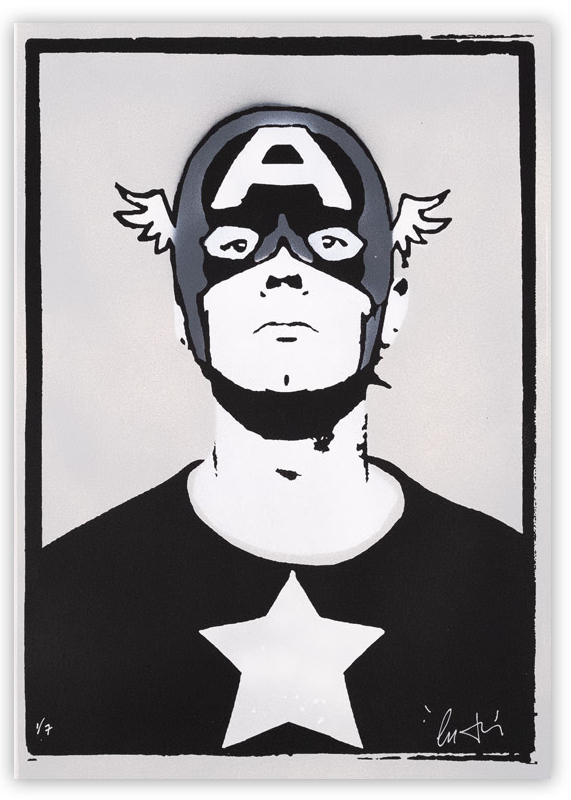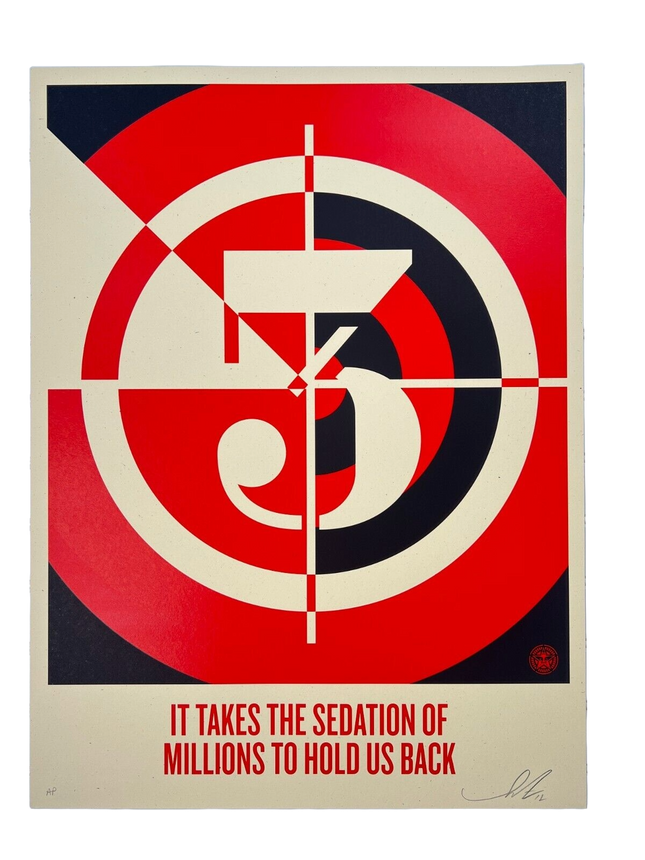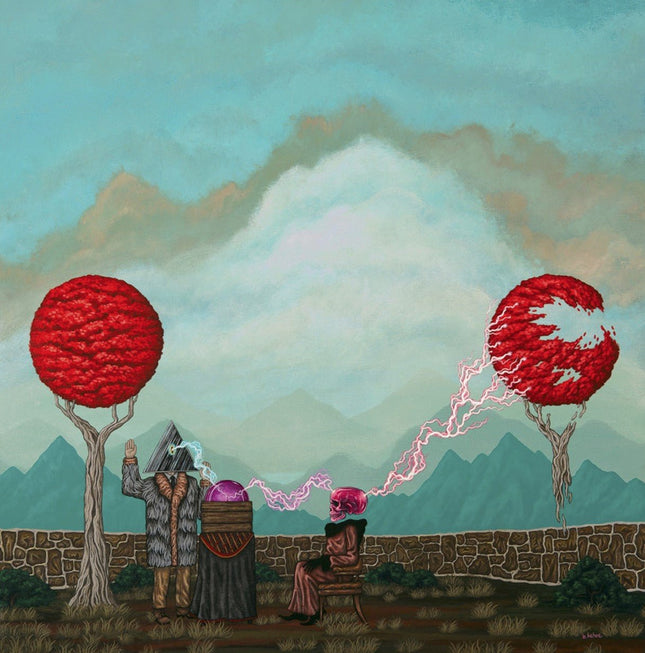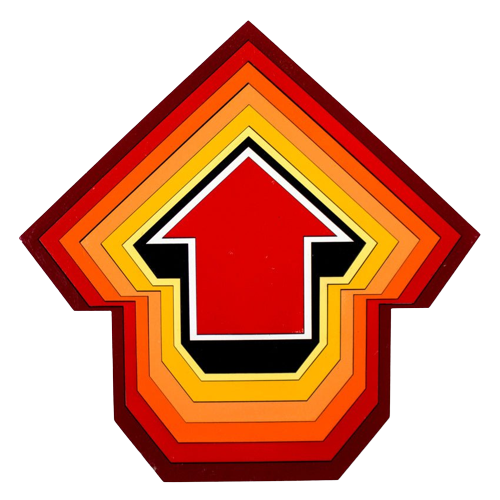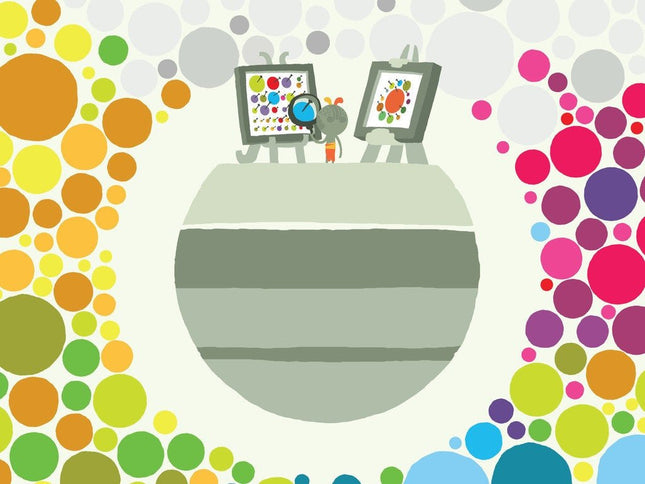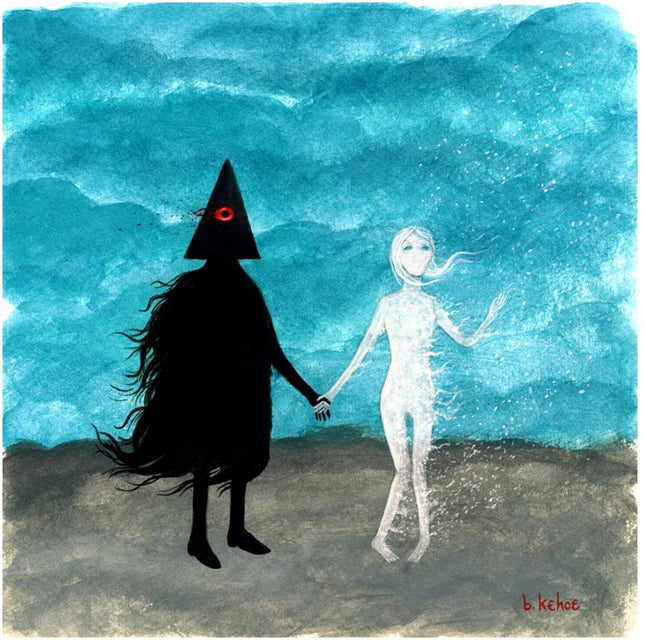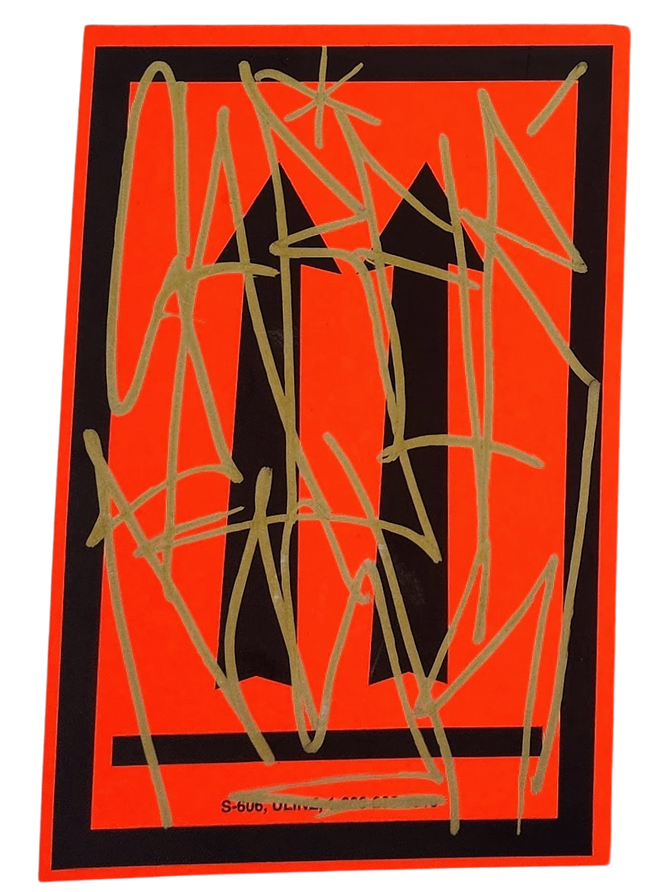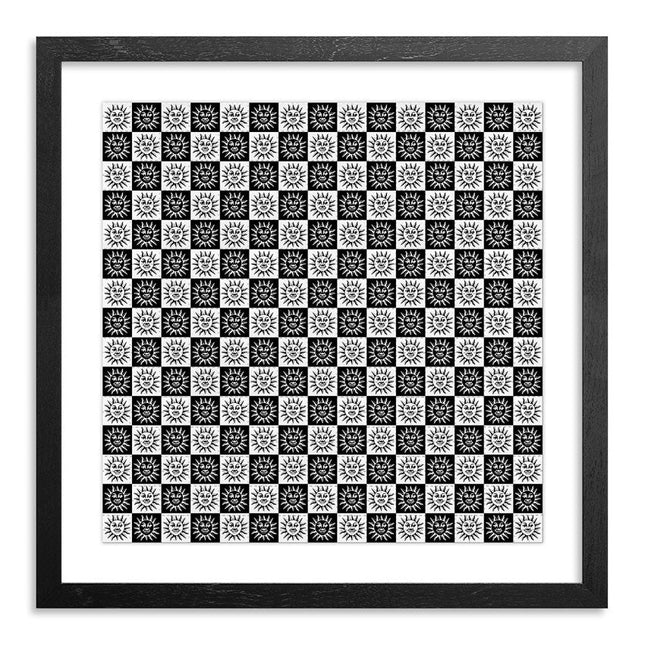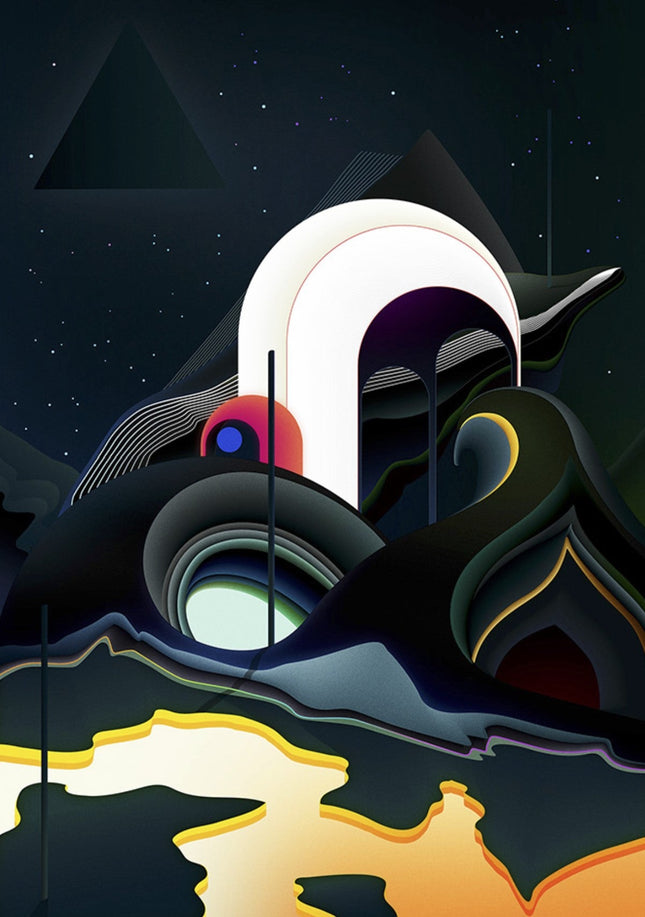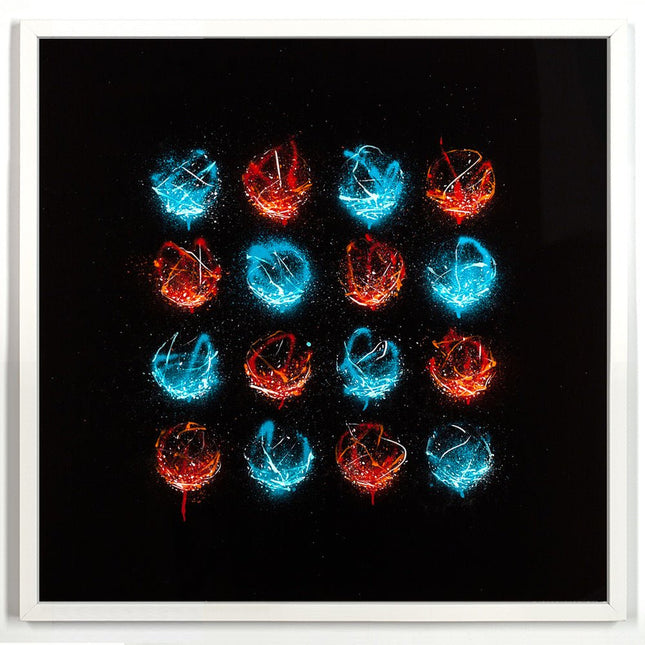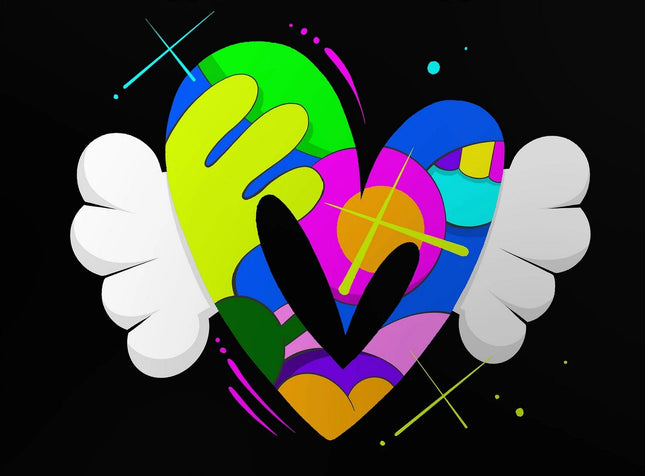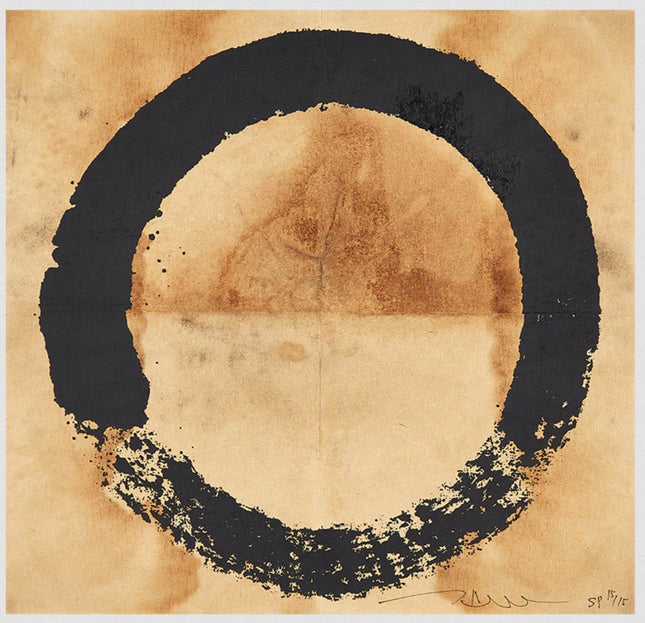
Shape as a Foundation in Street Pop Art & Graffiti Artwork
Shape is one of the most powerful elements in Street Pop Art & Graffiti Artwork, defining composition, movement, and visual impact. Whether through geometric abstraction, organic curves, or jagged edges, shape serves as the building block for every mural, stencil, or screenprint. Artists working in urban environments rely on shape to create immediate and striking visuals that engage the viewer from a distance while also holding depth upon closer inspection. The use of bold, recognizable forms allows street art to communicate ideas quickly, making shape one of the most essential tools for artists who operate in fast-paced, ever-changing public spaces.
The Role of Shape in Street Pop Art & Graffiti Artwork
Shape influences how a viewer interacts with a piece of urban artwork, guiding the eye and setting the tone for interpretation. In graffiti, letters themselves become shapes, evolving into abstract forms that blend into or disrupt their surroundings. The repetition of sharp, angular shapes in wildstyle graffiti adds energy and chaos, while softer, rounded shapes can create a more fluid and organic composition. In street murals, the contrast between negative space and filled areas helps define figures, symbols, and messages. Many artists use exaggerated shapes to create surreal or distorted perspectives, forcing the viewer to engage with the piece in unexpected ways. The balance between sharp edges and smooth curves determines whether a composition feels aggressive, playful, or dreamlike.
Geometric and Organic Shapes in Urban Art
Street Pop Art & Graffiti Artwork often plays with geometric and organic shapes to evoke different emotions and visual effects. Geometric shapes, such as circles, squares, and triangles, bring structure and order to compositions, creating a sense of stability within an otherwise unpredictable urban landscape. Many artists use these rigid forms to reference architectural elements, breaking down cityscapes into simplified, abstract patterns. On the other hand, organic shapes inspired by nature, fluid movement, or human figures introduce contrast, softening the overall aesthetic while maintaining visual complexity. The layering of geometric and organic forms creates tension, ensuring that pieces feel dynamic and alive rather than static. Street artists frequently experiment with overlapping, warping, or distorting shapes, pushing the boundaries of traditional visual representation.
Shape as a Tool for Expression and Rebellion
Shape is more than just a compositional tool in Street Pop Art & Graffiti Artwork; it is a language of rebellion, identity, and culture. The simplification of figures into recognizable, symbolic shapes allows artists to communicate messages that transcend language barriers. Abstract shapes can convey movement, emotion, and urgency, reinforcing the immediacy of street art as a medium. The use of repeated patterns, broken lines, and irregular forms reflects the raw, unfiltered energy of graffiti, where imperfection is embraced rather than hidden. The ability to manipulate shape allows artists to transform urban spaces, turning blank walls into statements of creativity and resistance. Whether through large-scale murals, intricate stencil work, or bold screenprinted posters, shape continues to define how street art captures attention, tells stories, and leaves an impact on the city streets where it lives.
